Biplanes Are Back, Bigger and Bolder Than Ever

Flying a biplane is a throwback experience from the first decades of the last century, when barnstormers roamed the country, landing in open fields and wowing crowds who had never seen an airplane before. “They remind me of a time when air travel was enjoyed from open-air cockpits, behind the distinct rumble of a radial engine with little but the whirring wind to distract you from your earth-bound cares,” says Sergio Barreto, CEO at the DIMOR Group, which owns the historic WACO Aircraft Company and Great Lakes biplane brands.
Barreto can afford to wax poetic because besides the two Battle Creek, Michigan-based brands, DIMOR also owns the historic Junkers aircraft brand in Germany, making it the world’s largest manufacturer of modern-classic biplanes.
More from Robb Report
Editor's Letter: Inside Robb Report's 36th Annual Best of the Best Issue
The Food World Is Getting Over Its Obsession With 'Authenticity'
How to Make a Brown Derby, the Honey-Kissed Bourbon and Grapefruit Cocktail
Of course, the bragging rights are tempered by the fact that new biplane production does not exceed 15 aircraft per year, and the DIMOR Group is the only manufacturer that can claim double-digit numbers. There are several smaller, specialty manufacturers like Pitts that build customized aerobatic planes, and a half-dozen others offer kits to pilots who then build their own aircraft. To say that the U.S. biplane market is a niche is an understatement.
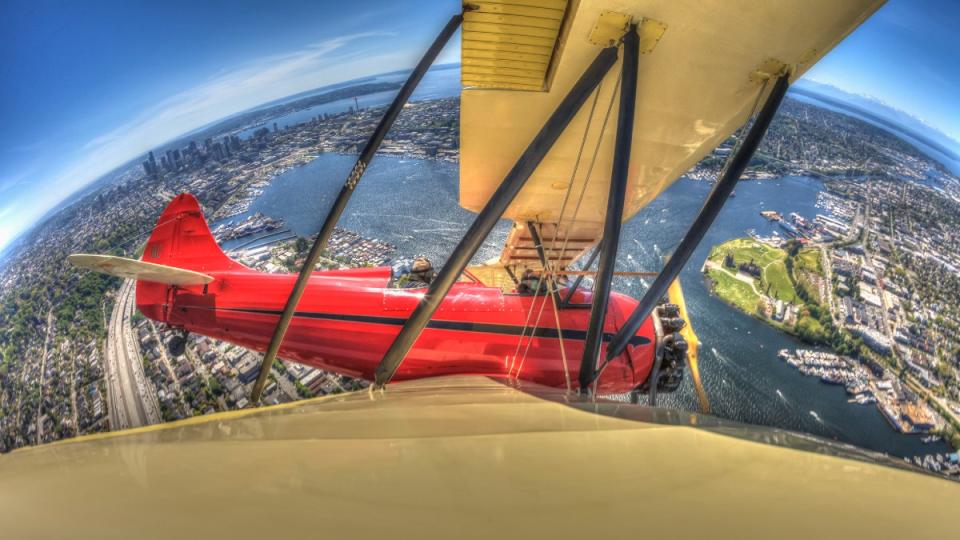
But it’s a niche of true believers. Unlike aircraft from a production line, biplanes are highly personalized aircraft built by craftsmen skilled not only in modern construction but also woodworking, leather work and other old-world techniques. These aircraft are designed to transport brave pilots and even braver guests back to the golden age of flight—via barnstorming, local air tours, and, for a small minority, aerobatics and air shows.
Behind the vintage designs are a lot of advanced technology. WACO produces two models—the YMF-5 land plane and YMF-5 seaplane. The YMF-5 is a modern version of the 1930s classic trainer, which many considered the most beautiful sport airplane ever built. Both models are delivered with an advanced Jacobs R755 radial engine capable of producing 300 hp while equipped with a suite of Garmin avionics to allow pilots safe and efficient navigation. Its sister company, Great Lakes by WACO, builds the 2T-1A-2. The idea is to offer the market modern classics without a vintage aircraft’s usual hassles of oil leaks, bad brakes, and lack of electrical systems.
We had a chance to recently fly in an YMF-5’s open, leather-trimmed, double-seat front cockpit over central Florida’s rural landscape, wearing a leather helmet with built-in earpieces and a microphone to stay in communication with the pilot, Mike Hartman, who flew from the rear cockpit. It was easily the most exhilarating flight we’ve had in years.
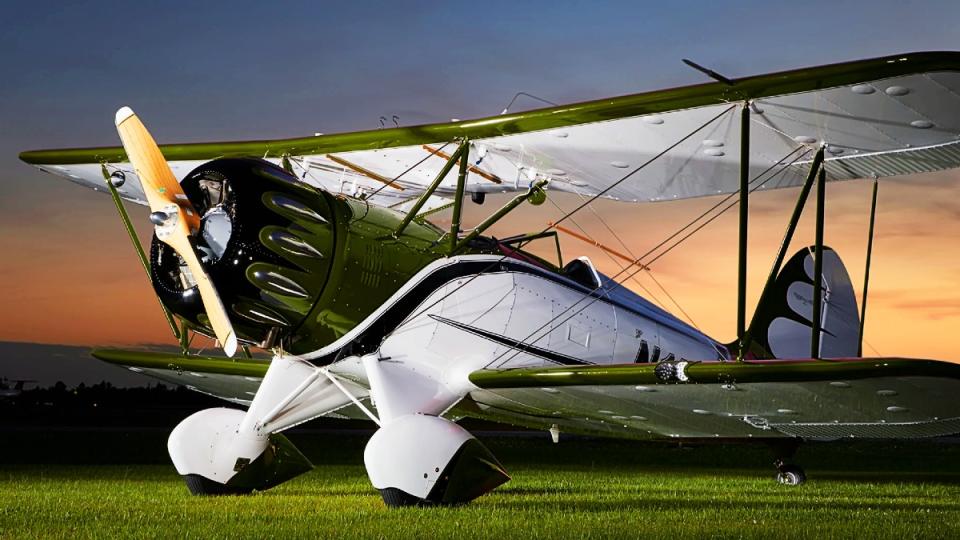
The roar of the engines, the wind blasting around the small windshield, and the quickly-apparent skill Hartman needed to fly a “tail-dragger” (the third wheel is on the tail rather than under the aircraft’s nose) made for a very different, open-air experience than an enclosed cockpit. Fun, rickety and loud, but not frightening. The YMF-5 has a G-Meter that registers G-forces, so it’s capable of doing basic aerobatics like barrel rolls and loops.
But Hartman kept the airplane steady, flying at 3,000 feet at a leisurely 105-knot (122-mph) cruise speed, at times close enough to the fields below that we could make out specific car models. “You can even smell if someone’s barbecuing,” says Dennis Dahl. “The sensory experience aboard these aircraft is incredible.”
Dahl should know. He’s a former cabinetmaker from Kalamazoo, Michigan, who now builds the wooden wings for the WACO and Great Lakes models at the Battle Creek facility. It’s hard to imagine wooden wings holding an aircraft aloft, but the four-wing assemblage of Sitka Spruce spars and ribs, mahogany supports, stainless hardware and an aluminum leading edge, has been used by WACO since the 1930s.
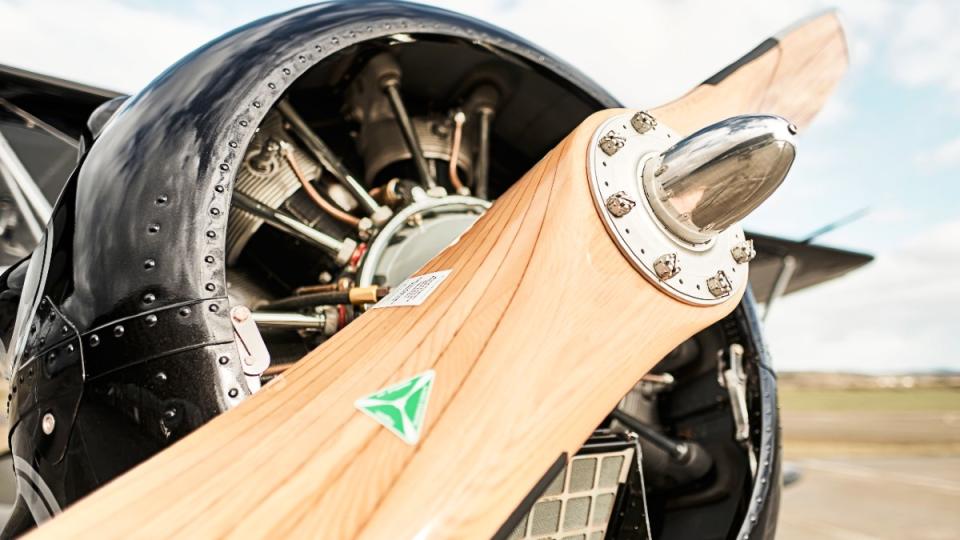
Barretto says that flying a WACO or Great Lakes isn’t more difficult than conventional aircraft, but it does require “an operational tolerance window which is more narrow” than for a new Cessna or Piper which, he adds, “almost fly themselves.” The old-school taildragger design means that the pilot must pay very close attention to winds and other conditions, especially during takeoff and landing, since the aircraft can potentially dart into trouble. “He or she can get into a situation known as a ground-loop where the aircraft ‘gets away’ from you and the pilot is no longer capable of regaining control,” says Barretto.
Hartman, a commercial pilot and flight instructor, was constantly making minor corrections to the YMF-5 in flight and during landing. Biplane pilots say you only stop thinking about the aircraft’s handling once it’s locked back in the hangar.
WACO clients, says Barretto, can be “collectors” who upgrade every few years, or add to their fleet. “But our most common customer has worked hard and set themselves up to acquire their one ‘dream’ plane,” he says. When asked about the niche’s aging demographic, Barretto doesn’t answer directly, but says certain aircraft have certain age profiles. The sales prospect with whom Hartman did a demo flight after ours looked to be in his late 70s.
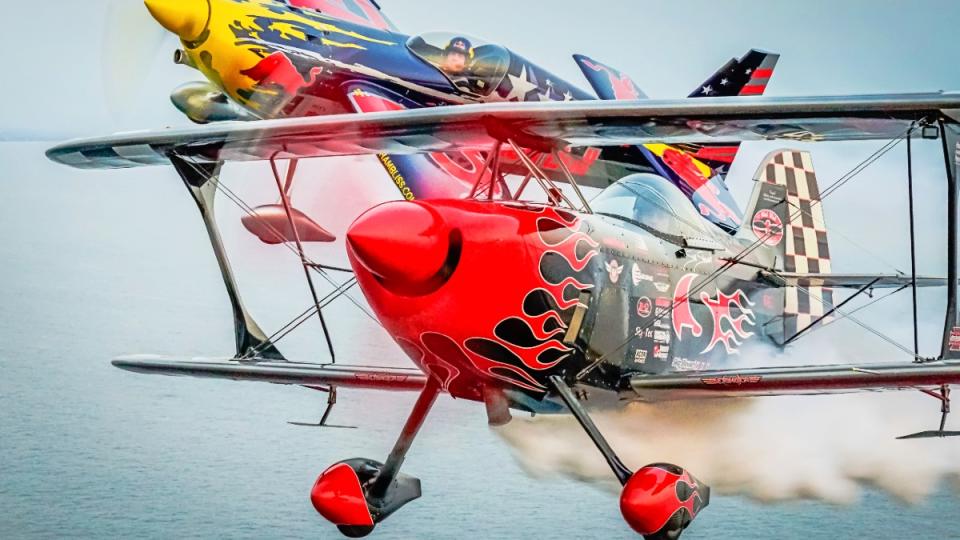
By contrast, DIMOR’s new Junkers A-50 Junior, based on the original 1929 model, aims at a younger owner, offering affordability and ease of flight. As a light-sport category aircraft, the modern A-50 Junior allows anyone with a driver’s license, a valid medical certificate, and 20 hours of flight training, to act as a pilot in command.
At the entry level, others are also choosing to buy vintage aircraft. Simon Brown, president at Platinum Fighter Sales, says that family history or nostalgia for vintage aviation is fueling the older biplane segment. “These biplanes are a cheap alternative to some other forms of aviation,” he says, noting that 50-year-plus aircraft comprise about a quarter of his sales. “It’s the last bastion of affordable flying in a factory-built plane. And it offers freedom.”
The U.S. market for vintage biplanes stands at around 2,500, with the Boeing Stearman A75, a training model from World War II, being the most popular model. Warbird Alley estimates that of the 10,584 A75s built from 1934 through 1945, 1,000 are still flying today. The low cost, availability of parts, aerobatic and agricultural use (many think the A75 survived the post-war period because of its popularity as a crop-duster) all combine to keep it as the go-to vintage biplane.
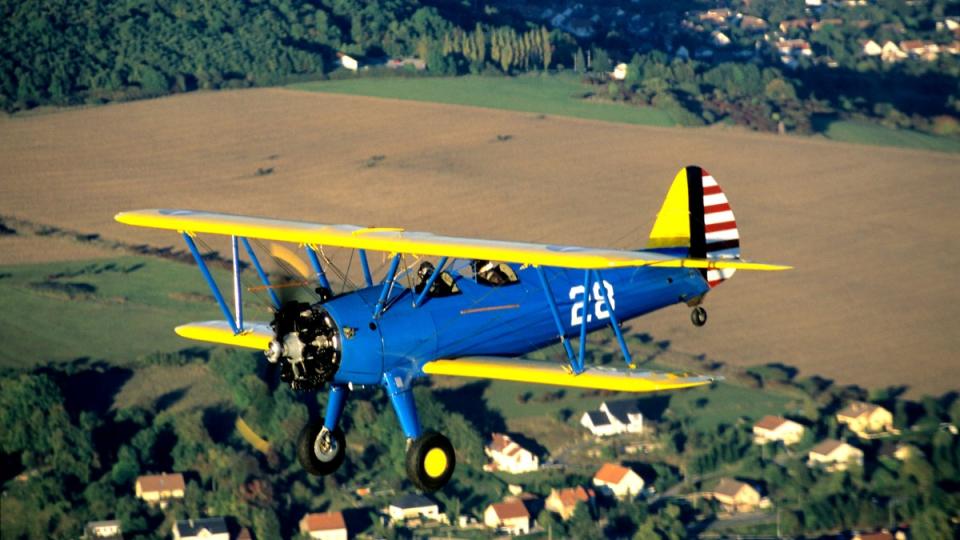
Plus, the A75 has a reputation as a tough, beefy aircraft. “If you feel an overwhelming urge to crash an airplane,” aviation expert Budd Davisson told Disciples of Flight, “this is obviously the one to do it in, since it will poke a hole in anything you decide to hit.”
Other select vintage aircraft have been modified for aerobatics. Skip Stewart, considered a top aerobatics pilot with a series of air shows, modified two Pitts S-2S aircraft from the 1970s. One took five years to rebuild. “I bought a complete 1979 Pitts S-2S and sold every part except the truss fuselage frame,” he says. “I built custom wings, tails, landing gear, etc. Virtually everything has been re-engineered for strength, weight, and/or performance.” Stewart, noting the update cost $400,000, is obviously the exception to the rule.
Susan Dusenbury, president of the Vintage Aircraft Association (VAA), considers vintage airplanes an excellent choice for young owner pilots because of affordability. Her association plans to hold a training initiative for younger pilots at the annual EAA AirVenture Oshkosh next month.
Among vintage biplanes, Dusenbury says WACO remains one of the most popular. “Thanks to the relatively high number and different models WACO built over the years as well as the current availability of replacement engine parts,” she says.
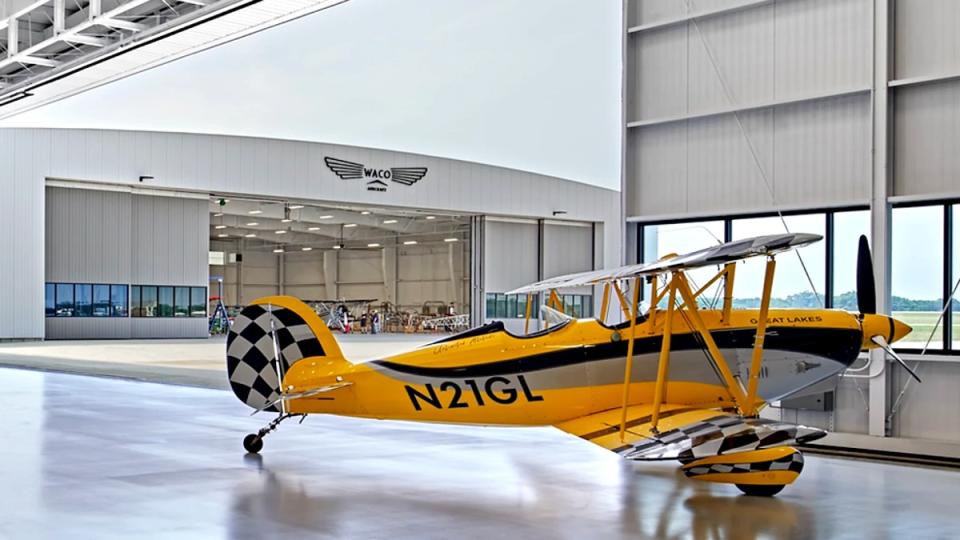
The new WACO, with about 100 employees in Battle Creek, seems to be on an upward trajectory, in part because Dieter Morszeck, grandson of the founder of Rimowa—the luxury luggage and leather goods maker acquired by LVMH—remains its biggest fan. So much so that Morszeck bought the company in 2018. “His purchase of a personal YMF-5 led him to ultimately strike a deal with the then-owner to buy this facility and expand the aircraft brand revival he started when he brought back the Junkers F-13 as a new-production classic legend,” says Barreto.
The buyout has resulted in an updated production facility and ultra-modern offices at its Battle Creek headquarters, with an 80,000-square-foot addition. Morszeck may be something of a deep-pocketed fanatic when it comes to vintage aircraft, but he is bringing a sense of professionalism and style to a niche that has long been defined by fanatics.
Best of Robb Report
Sign up for Robb Report's Newsletter. For the latest news, follow us on Facebook, Twitter, and Instagram.


